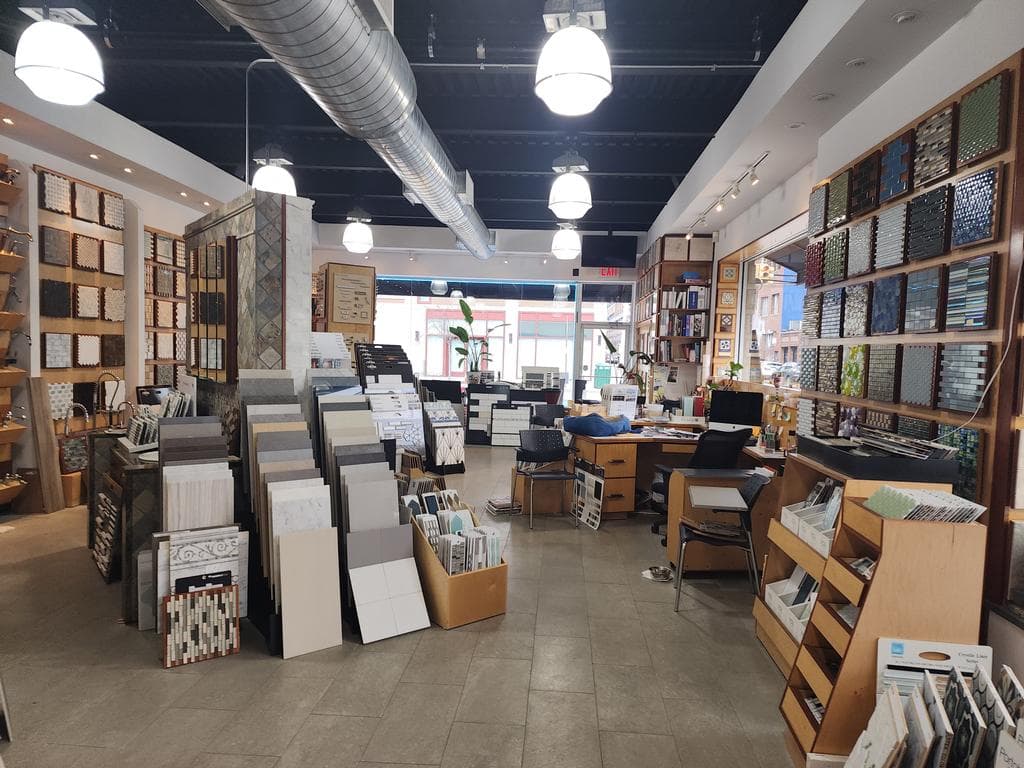5,000 sf Retail-General Space For Lease
Description
Corner location on Vernon Blvd has three available divisions
Documents
Location
Sq Ft
Financials
Construction
Image Gallery

Area Profile
Western Queens (LIC, Astoria, Maspeth, Woodside)
The Western Queens area, including neighborhoods like Long Island City, Maspeth, Astoria, & Woodside, has long been a significant industrial hub in Queens, known for its mix of manufacturing, warehousing, and distribution centers as well as its proximity to Manhattan. Despite residential rezoning along the waterfronts in Long Island City and Astoria, Western Queens still retains a substantial industrial presence and has further evolved into a major hub for the film and television industry.
Maspeth in particular has remained a predominantly industrial area. As the geographic center of New York City, is a strategic location for logistics, distribution and warehousing as well as heavy manufacturing.
Proximity to Major Highways: Strategically located near major highways such as the Long Island Expressway (I-495), Brooklyn-Queens Expressway (I-278), and Grand Central Parkway.
Access to Bridges and Tunnels: Convenient access to several key bridges and tunnels, including the Queensboro Bridge (59th Street Bridge), Triborough Bridge (Robert F. Kennedy Bridge), and Queens-Midtown Tunnel.
Public Transportation Hubs: Served by multiple subway lines (such as the 7, N, W, E, M, R) and bus routes, providing residents and workers with extensive public transportation options.
Proximity to Airports: Close to LaGuardia Airport, one of New York City's major airports, facilitating convenient access for businesses involved in logistics and transportation.
Zoning
C1-5 Zone
C-zones are intended for commercial activities, including retail stores, restaurants, offices, hotels, and entertainment venues. These zones are regulated by zoning laws to control building heights, density, signage, and other factors to ensure compatibility with surrounding areas and minimize negative impacts on neighborhoods.
Typical Uses
C1, C2, & C3 zones are typically smaller-scale commercial districts found within residential neighborhoods, allowing for local retail and service establishments.
R6A Zone
R-zones are intended for residential development, encompassing a wide range of housing types from single-family homes to apartment buildings. These zones are regulated by zoning laws to ensure that residential buildings meet specific density, height, and setback requirements to maintain neighborhood character and quality of life.
Typical Uses
Medium-density residential development, including mid-rise apartment buildings and mixed-use buildings with residential units above ground-floor commercial spaces.